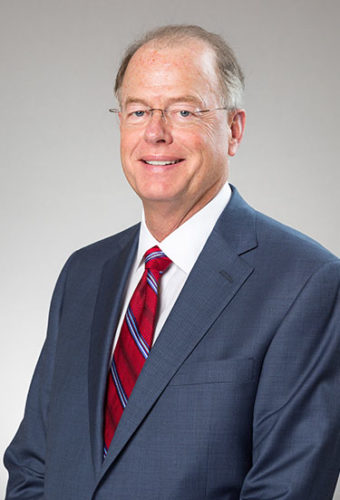Montana is blessed with vast landscapes of public lands. Our great outdoors attracts millions of visitors each year and is part of why I love Montana so much. And in Montana, conversations about our public land often go hand in hand with talking about the federal government. The federal government owns 28.9 percent of Montana. A robust public discourse about access to our public lands is healthy and more important than ever. There exist serious concerns that I would like to share with you.
The Property and Environment Research Center, a nonprofit out of Bozeman, developed a report to compare federal and state management of public lands. The report states that the Bureau of Land Management & the Forest Service lose taxpayers nearly $2 billion per year. From 2009 to 2013, the Forest Service returned only 10 cents on every dollar spent to taxpayers; whereas the state of Montana returned $8.65 managing state land. Under federal government control, Montana has seen thousands of road miles and wilderness trails closed, an increase in devastating wildfires due to poor forest management and major increased costs to taxpayers. The revenue being lost by federal government mismanagement is money that could be used for local schools, infrastructure, ensuring public access – protection and management of the land.
With a federal government that is approaching $20 trillion in national debt, it is clear, presently, that they don’t have the resources or management capabilities in place to be successful. The problem isn’t the people working for the Forest Service or the BLM, the problem is the federal myriad of over-lapping regulations and laws. A system set up to waste money with a vulnerability to never ending lawsuits from radical special interest groups.
For example, in 2000, over 300,000 acres of forest burned across the Bitterroot Valley. The Sula State Forest was devastated as 90 percent of its State acres were destroyed. Yet, the Montana DNRC developed a plan that salvaged $4.5 million for local schools and $785,000 for future forest improvement. On the other hand, with over 300,000 federal acres burned, the federal response was mired in lawsuits by environmental groups halting clean-up for over two years. The original proposal was to log only 15 percent of the 300,000 acres, yet even less was finally approved in 2002. A fairly pathetic response, especially compared to the tremendous state action.
hat is why it is so surprising to hear Governor Bullock rail against state ownership of land. Is he saying that he and his departments are not capable of managing and protecting public access? I would submit that the state does a superior job. We as citizens are being severely underserved by the federal system of management. If we are going to leave our land in federal hands we must ensure better management, accountability, public access and economic stability. The current status quo must change.
We need innovative ideas and better management of our public lands whether the state or federal government owns it. I am hopeful that some of this will change under Secretary of the Interior Ryan Zinke and President Trump. However, we won’t solve these complex issues overnight. I look forward to working with all Montanans to develop policy that truly works; accomplishing more economic growth, more public access to land and healthy forests no matter who actually owns Montana’s public lands.
Majority Leader Sen. Fred Thomas, R-Stevensville, represents Senate District 44.

